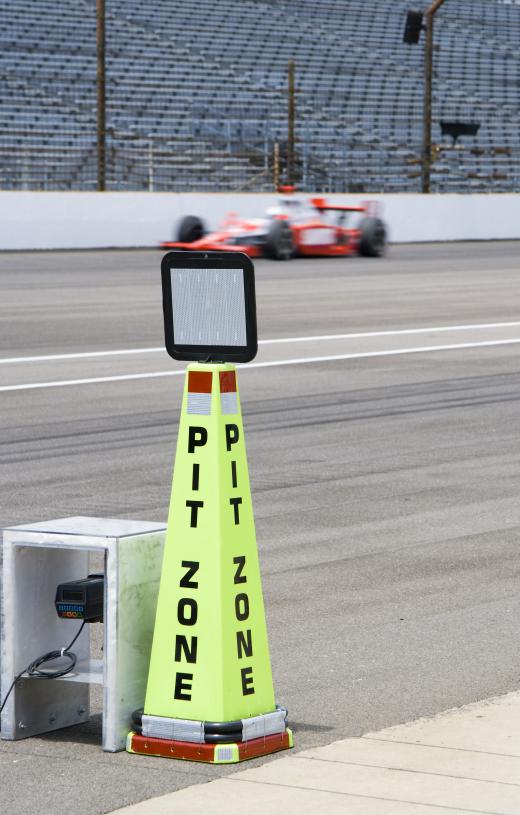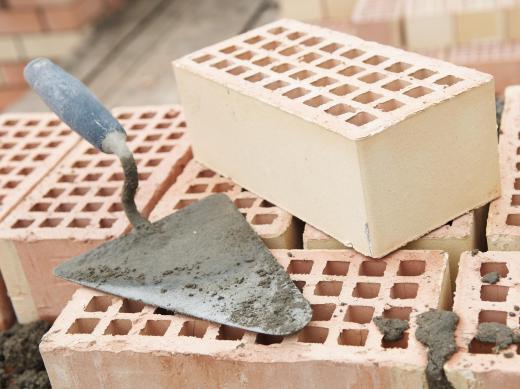Bricks come in all shapes and sizes and are made from many different types of materials in various ways of manufacture. Each type has its own advantages and disadvantages, so when starting a home improvement project or attempting to do repairs, it can be daunting to figure out exactly the right type of brick to use. The most common types used today are made from clay, and they can be manufactured in a variety of different ways.
All forms of brick were originally handmade, dating back as far as 7,500 B.C. Handmade building materials were common up until the Industrial Revolution, when the process turned to mechanization. The Indianapolis Motor Speedway, built in 1909, was originally paved with shale brick. During that same period, there was increased demand for quick and affordable housing in the United States, in larger cities in particular. Brick manufacturing was at an all time high, and in recent years, antique materials from that period have become a collector's item, with old Chicago brick in especially hot demand.

As technology changed, brick manufacturing made use of newer methods. Pressed mud bricks are a type made from clay that is mixed with water, and with hydraulic machinery they are pressed into a steel mold to give a uniform shape. The clay is often mixed with a percentage of sand, which reduces the amount the final product will shrink. After being pressed into the mold, the clay brick is then fired in a kiln at temperatures well above 1,000° Fahrenheit (538° Celsius).

A similar style of fired clay brick is a dry pressed brick. The process for making this type requires longer cooking times in the kiln and more time pressed into the molds, which results in a more defined, more durable finished product. It is generally more expensive due to the technique used.
Face brick is another special type, made specifically for exteriors that will be seen by the public. This type takes appearance and color into special consideration, and it is for this reason that calcium silicate bricks are quite popular. Calcium silicate blocks add chemicals to increase strength and reduce hardening time, but also contain additives to alter the color. They can be made in a wide range of colors, from the traditional red to white and even pastel. These bricks are generally more uniform in size and shape, and are rougher to the touch.
